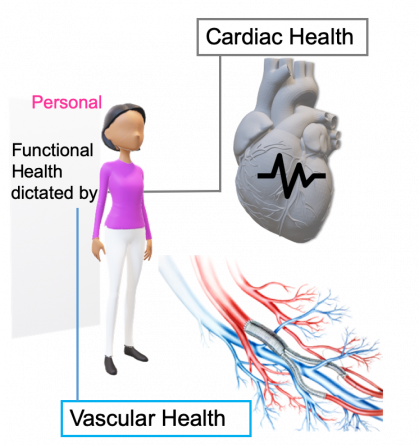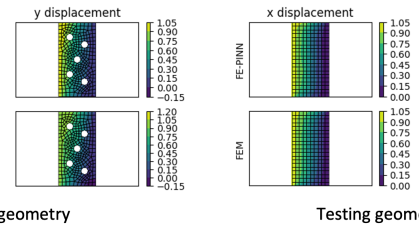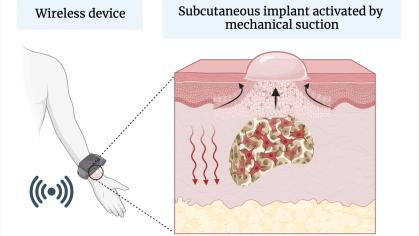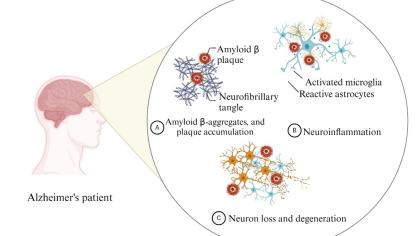Improved Cardiovascular Evaluation (ICE)

Rutgers Inventor(s): Andrew J Gow; Gillian M Cannon
Awarded: May 2019
Summary: Currently we assess cardiovascular health using simple indirect measures such as blood pressure. At the population level these measures are useful in determining risk of disease, but they do not assess directly an individual’s functionality. Much more complicated and invasive techniques, such as cardiac catheterization, are available, however, they are expensive and not without risk. At the personal level, what we are concerned with is “how well does the cardiovascular system supply blood to the body”. The supply of blood to working tissue is critical both to our health and our physical performance. We have developed a simple algorithm that can be used with present wearable technology to assess how well we supply blood. This algorithm can be used to direct both diet and exercise regimens to improve health and performance. It can give real time feedback as to how our lifestyle is affecting our health.
Market Applications:
- Identification of individuals at risk for cardiovascular disease
- Improved training and diet programs for athletes and weekend warriors alike
- Assessment of the effectiveness of exercise programs in improving a person’s health
- Real-time performance assessment for coaches and trainers



